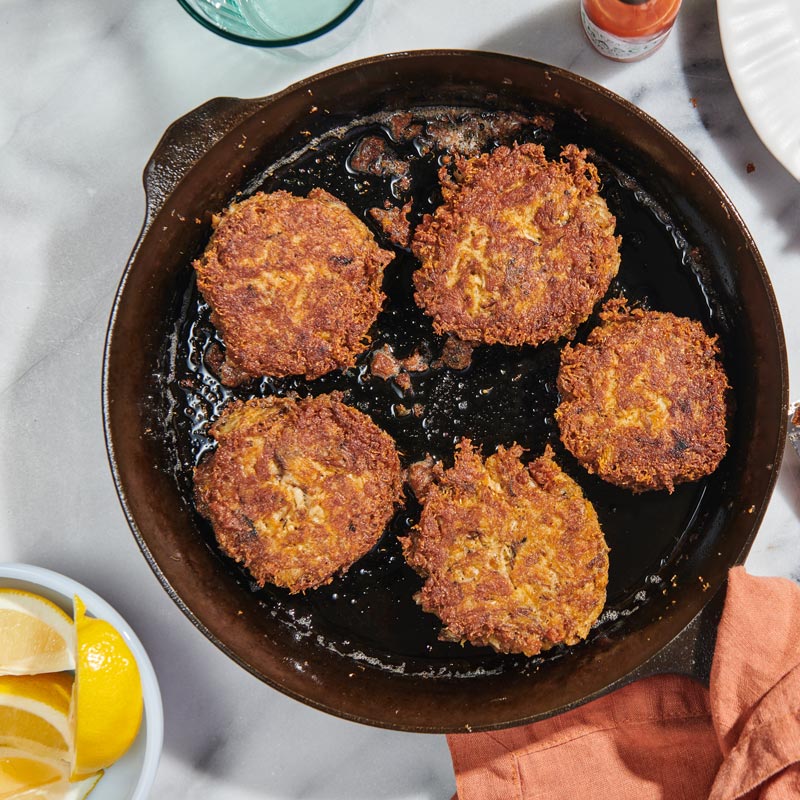A cast iron skillet helps you achieve an eggplant Parm experience in just three moves and about 30 minutes, thanks to this clever recipe from cookbook author Dawn Perry.
Instead of breading and frying the eggplants in oil (which is where most eggplant Parms go off the rails), she quickly sears them in a skillet before topping them with cheese and marinara and baking them in the oven, then finishes the dish with a shower if crunchy panko-Parmesan topping.





